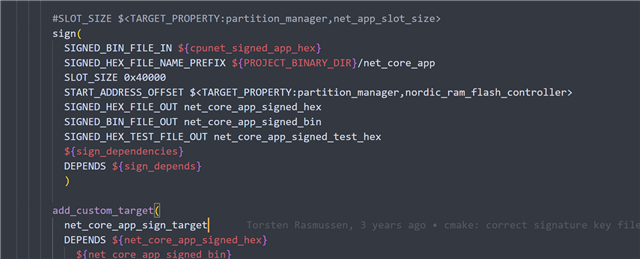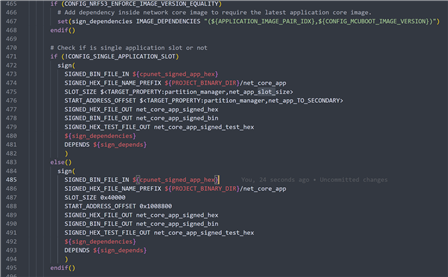We finished our application on the NRF5340 and need to do firmware updates and are unable due to the current criteria:
- NRF53 firmware update over USB CDC ACM (which needs at least 0x10000 rather than 0xC000)
- Our application is large and is over 920KB (which needs large primary slot)
- Packet craft network core
We found many unopen tickets about MCUboot forcing having a secondary partition and crashing on the slot size despite using the config CONFIG_SINGLE_APPLICATION_SLOT. This would be perfect for our application, because we are okay with setting it into recovery mode.
We also tried to look into editing the pm_static.yml file but found on editing that the device crashes on boot even giving proper space.
Please advise on how we can use packet craft on the network core, doing firmware updates on USBCDC, and having a large application.
Thank you for your time!





